DUBAI: It all started when the monarch of Bahrain donated a plot of land to the kingdom’s Catholic community seven years ago. Officially taking matters a step further, in 2014 King Hamad Al-Khalifa met with Pope Francis at the Vatican, reassuring him of Bahrain’s commitment to coexistence and presenting him with a detailed three-foot-long model of a proposed cathedral and its surroundings.
Next year, Bahrain will inaugurate the largest Catholic cathedral in the Gulf region, the latest testament to its longstanding tradition of openness and tolerance.
The Cathedral of Our Lady of Arabia, expected to open to the public in May, sits on a complex of approximately 9,000 square meters in the expatriate-populated municipality of Awali, located about 20 kilometers away from the capital Manama.
Aside from the cathedral, the palm tree-lined complex will feature a multipurpose building, a spacious courtyard, as well as a two-story parking area. How is it that this small, predominantly Muslim island nation — smaller in area than London — is building a significant monument to the Christian faith?
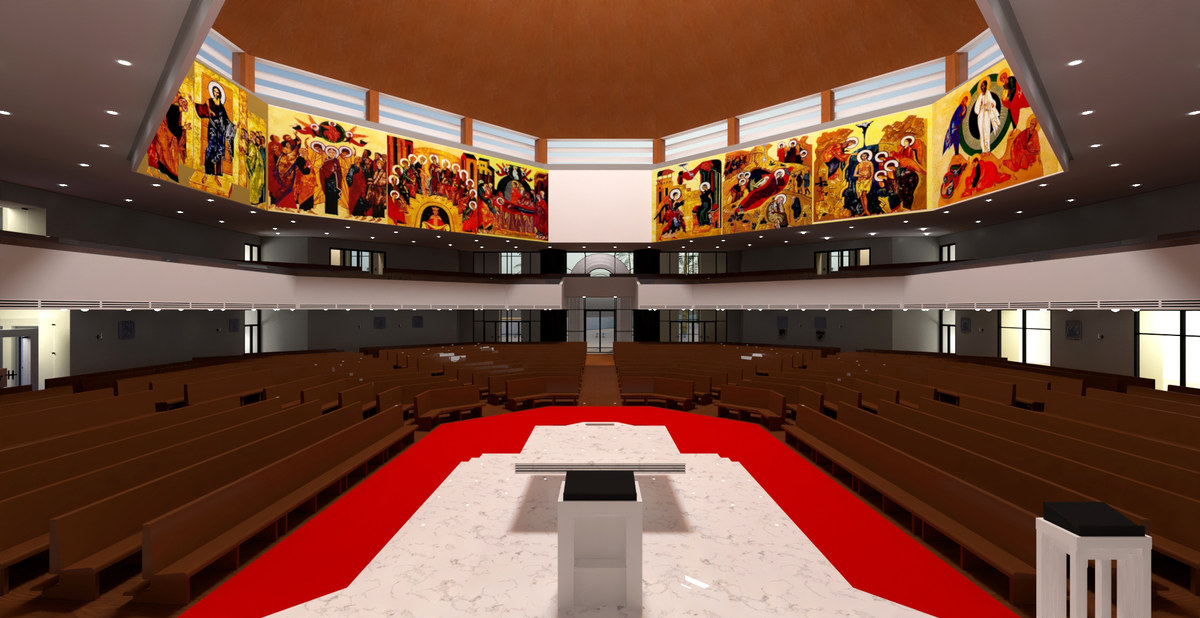
Cathedral sits on a complex of approximately 9,000 square meters in the expatriate-populated municipality of Awali. (Supplied)
Closely monitoring the cathedral’s construction is the Kerala-born priest Father Saji Thomas, who has served in Bahrain as part of the Apostolic Vicariate of Northern Arabia for the last seven years.
Father Thomas took over this herculean architectural project after Italian Bishop Camillo Ballin’s sudden death in April. “I was left like a fish out of water,” Father Thomas told Arab News.
“It was a tough time for me, but since Bishop Camillo had told me how to go about with the cathedral, I later found it easy. I feel so proud to be a part of the construction project.”
Although the coronavirus pandemic affected building plans, 80 percent of the cathedral’s physical construction has been completed, he said. Designed to accommodate 2,300 congregants, the cathedral is a collaboration between the Bahraini firm Mohammed Jalal Contracting and a team of experienced architects and engineers from Italy.
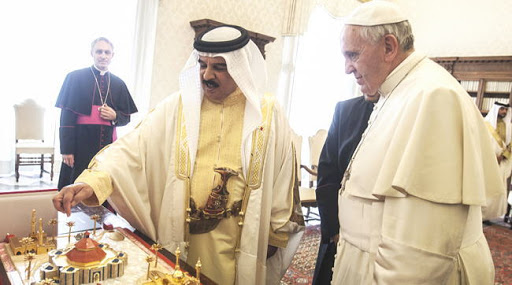
King Al Khalifa presents Pope Francis with a model of the upcoming cathedral in 2014. ('A Brief History of Christianity in Bahrain' by Betsy Mathieson)
Father Thomas explained that the unique shape of the cathedral is meant to resemble a tent in which, according to the Old Testament, the prophet Moses met with people. The structure is topped with an octagonal dome — a geometric detail that is deeply symbolic and implemented in a number of churches around the world, such as the Basilica of San Vitale in Ravenna and Germany’s Aachen Cathedral.
In Christianity, the number 8 represents Resurrection and a new beginning. Its interior four walls and alter have a marble finishing, while the four corners of the cathedral contain four chapels and an area of elevators leading to the underground parking space.
Notably, one of the chapels reveals the patron saint of the Apostolic Vicariate of Northern Arabia: Our Lady of Arabia – the crowned Virgin Mary holding a rosary and the Christ Child. Looking above, in the apse of the cathedral, the visitor contemplates a series of hand-painted icons, created in Italy, that convey biblical scenes from the Nativity of Jesus Christ to the Last Supper and Crucifixion.
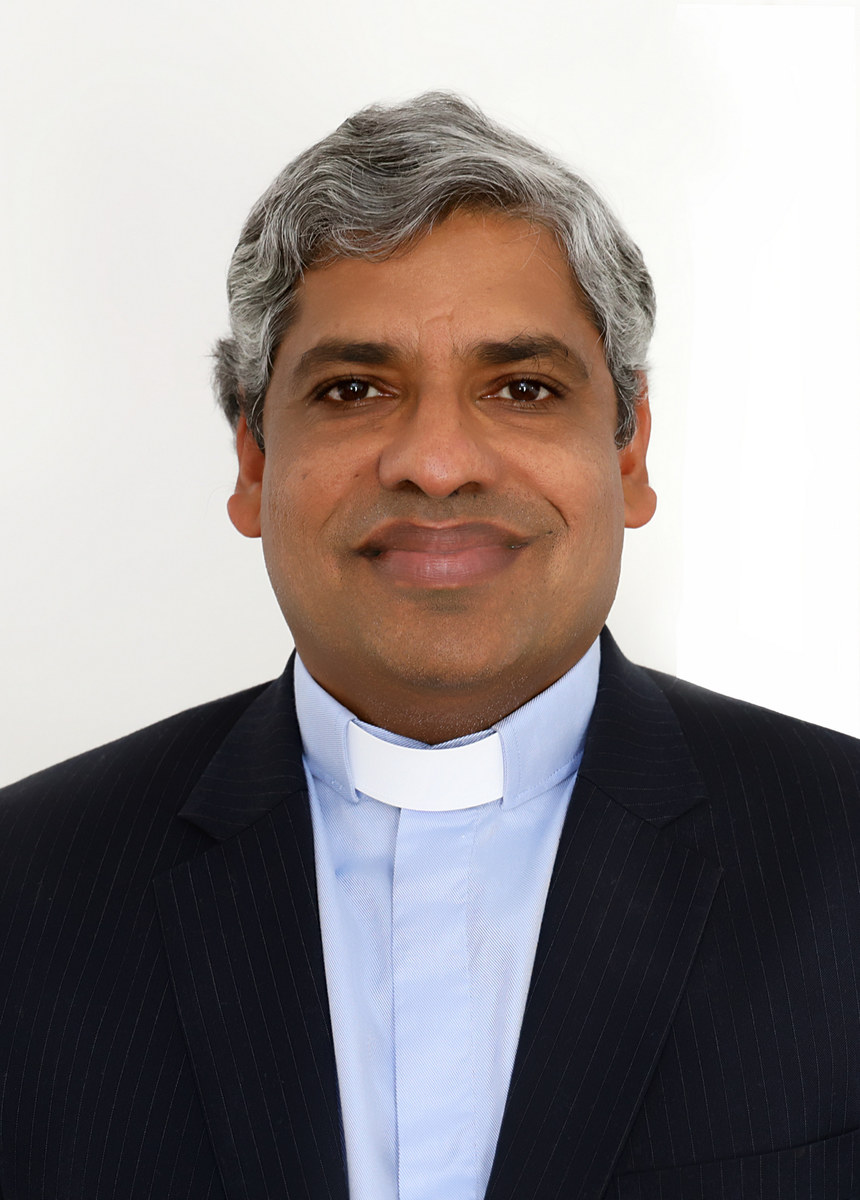
Father Saji Thomas
Furthermore, the cathedral’s altar, baptistery, pews and other furnishings are also crafted in Italy.
The adjacent multipurpose building is pending. Made up of five floors, the building acts as a pastoral center, the residence and office of the Bishop and his assistants, as well as a place for educating newcomers the history, laws and traditions of the countries (Kuwait, Bahrain, Qatar, and Saudi Arabia) belonging to the Apostolic Vicariate of Northern Arabia.
The cathedral’s presence reaffirms the reputation of Bahrain — home to 1.5 million citizens — as a land of openness and tolerance of other religions, including Judaism and Hinduism.
Because Bahrain was an accessible entrepot for traders and foreigners who brought along their ideas and established schools, aviation, oil and banking companies, the first Catholic Church erected in the Arabian Peninsula was in modern-day, pre-independence Manama in 1939.
The well-known Sacred Heart Church — built on land donated by the Emir of Bahrain — still stands today, opening its doors to thousands of Catholics.
Father Thomas explained that a key factor that led the country to live in its culture of acceptance is the support coming from the monarchy. “I think it mostly depends upon the ruling family. From the very beginning onwards, the King and the royal family were very kind to the expatriates,” he said.
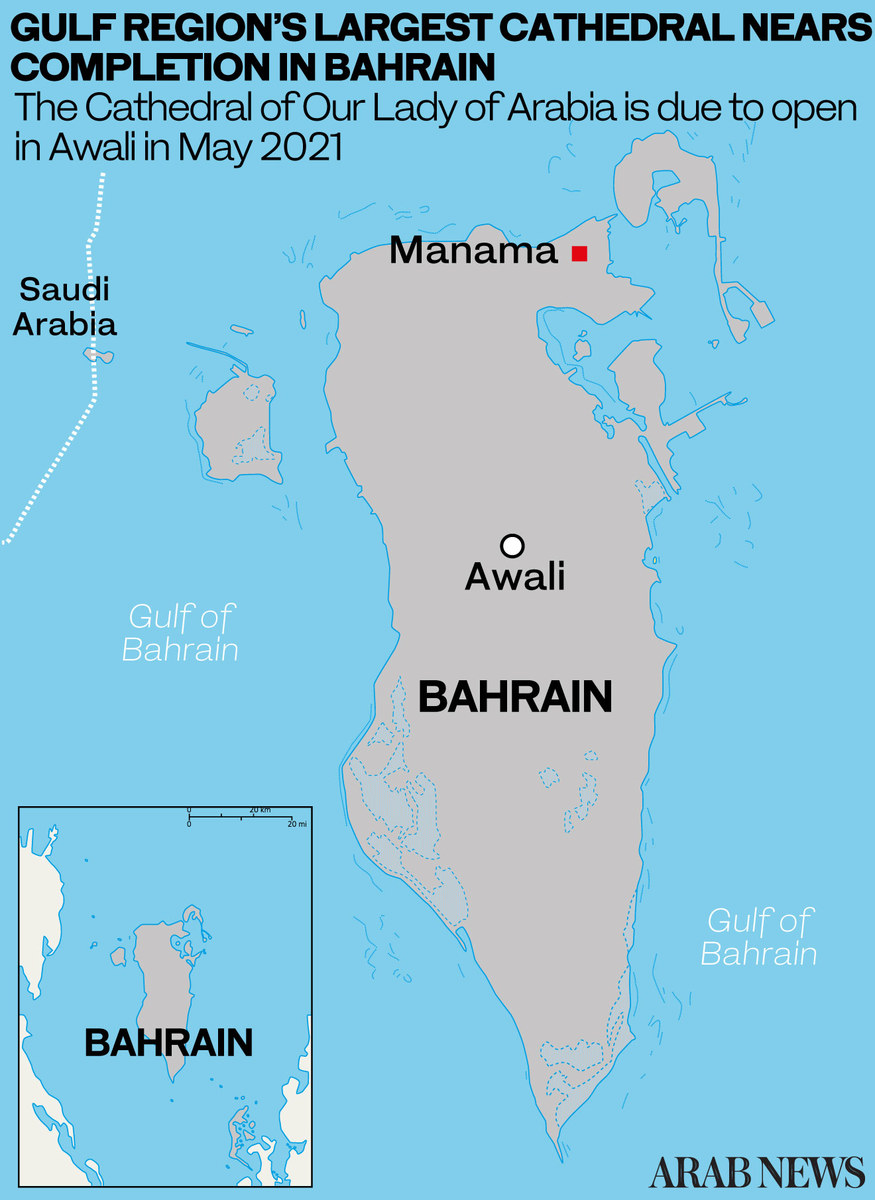
Bahrain’s constitution protects non-Muslims’ right to pursue their freedom of worship and display symbols of their faith. Along with their Muslim counterparts, they have held high positions in a variety of fields — from legislation to commerce.
Another crucial date in the history of Christianity in Bahrain is 1892, when the American Reverend Samuel Zwemer and his missionaries landed in this Arab territory and set up the first Protestant church in the region. Today, 19 registered churches exist in different parts of Bahrain, such as Sar and Budaiya, and about 9 percent of the population is Christian.
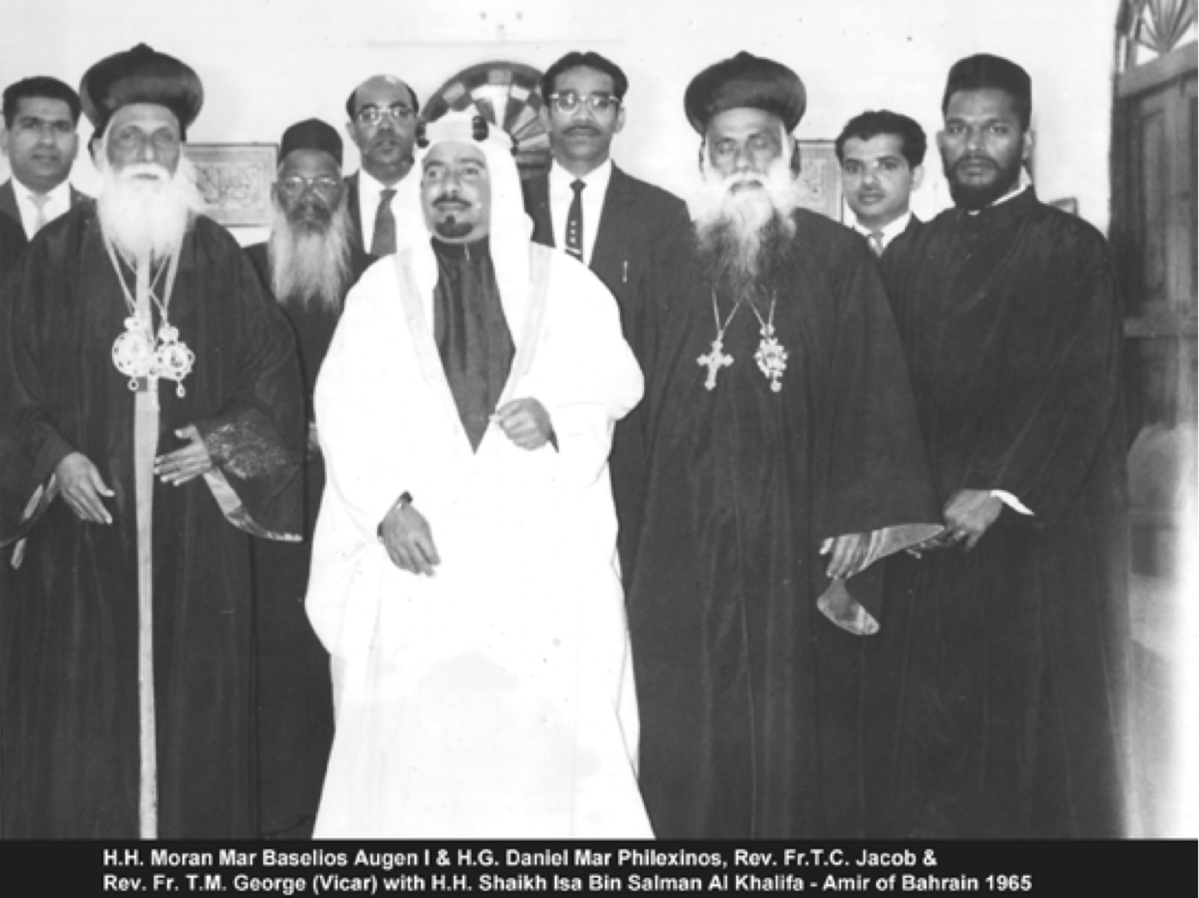
“We have a good workforce, in the Middle East and the Gulf area, of expatriates from all over the world. We have engineers, doctors and nurses,” Father Thomas said, referring to expats, who make up over half of the kingdom’s total population. He also noted that many of Bahrain’s Christians come from South Asia, namely India, Pakistan and Sri Lanka. Europeans and Arabs from the Levant region account for the rest of the island’s Christian population.
Originally from Cyprus, 32-year-old Mario Glykys is a Dubai-based digital consultant, who grew up in Bahrain from the age of 3 until 18. He recalls a “very positive experience” of living with his family in Bahraini society as an expat and a practising member of the Greek Orthodox Church.
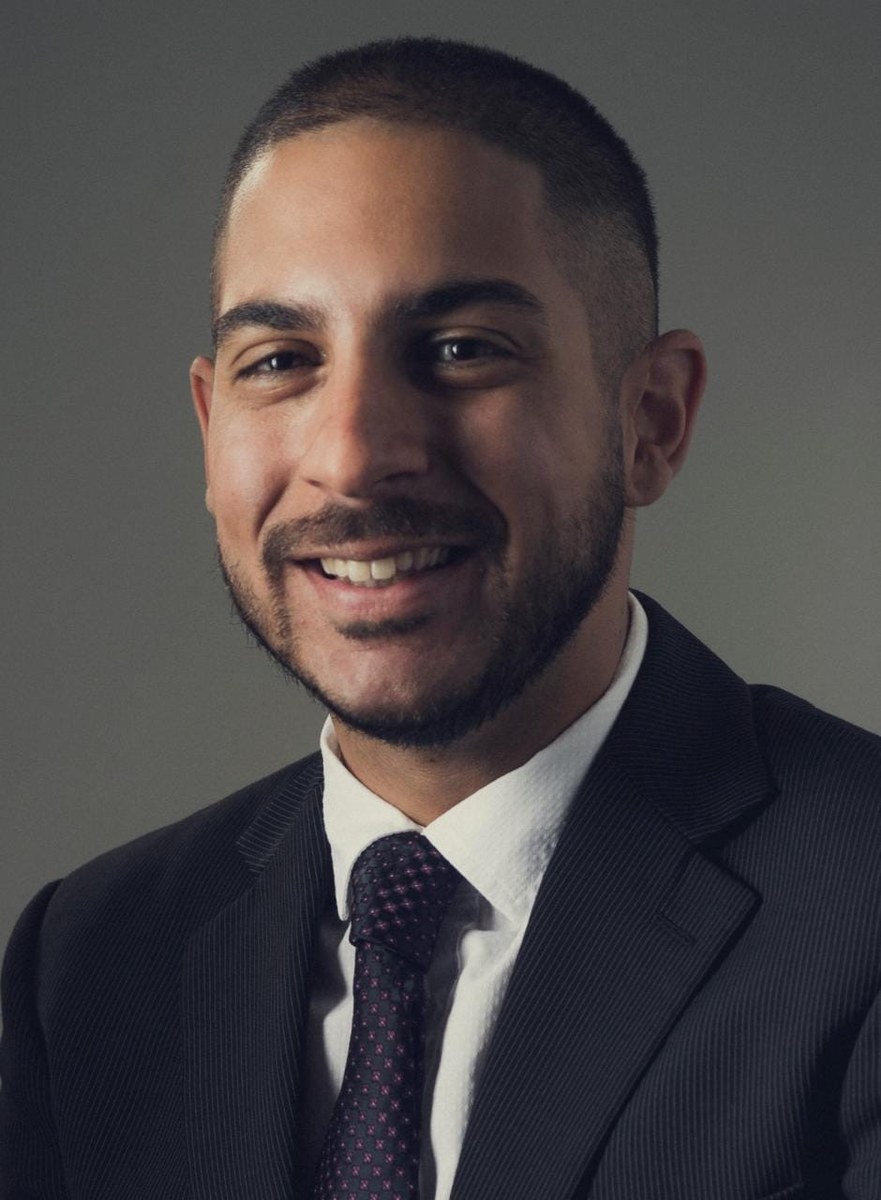
Mario Glykys
“I realize more and more over the years how lucky we were to be able to grow up in such a diverse society,” Glykys told Arab News. “I always felt part of the community and I never felt as if I was an outsider within that community. In terms of a religious standpoint, acceptance is the word that I can use. We always never felt that we had an issue practising our faith – it was actually quite the opposite.”
When the Christmas season arrived every year in Bahrain, “similar to the UAE, you go to hotels and they’re all made up with Christmas trees to celebrate the period,” Glykys said, adding that the island’s Muslims “warmed to” such festive displays. “There was a lot of interest in trying to understand outside of their religion and potentially their culture as well to see how other people celebrate and what their beliefs are,” he said.
Glykys is not surprised that the Gulf’s biggest cathedral is coming up in Bahrain. “It’s really nice to see Bahrain being a pioneer in allowing people to follow their religion.” One Bahraini Muslim national, who wished to remain anonymous, said although a wave of extremist ideologies overshadowed the Gulf in the late 1970s — following Iran’s Islamic Revolution and the Siege of Mecca in 1979 — Bahrainis eventually returned to “rationality and reason.”
He put it this way: “Bahrain is a place of diversity of thought. They never changed what Bahrain was about and this is something I’m very proud of.”
Many people in the Gulf view tiny Bahrain as a promising example for the wider Middle East of what having respect for others can look like. “The coexistence of religions is possible,” Father Saji said, pointing out that a mosque stands just two kilometers away from the cathedral. “That’s precisely and explicitly what we are seeing here in Bahrain with the construction of the cathedral.”
Twitter: @artprojectdxb


























